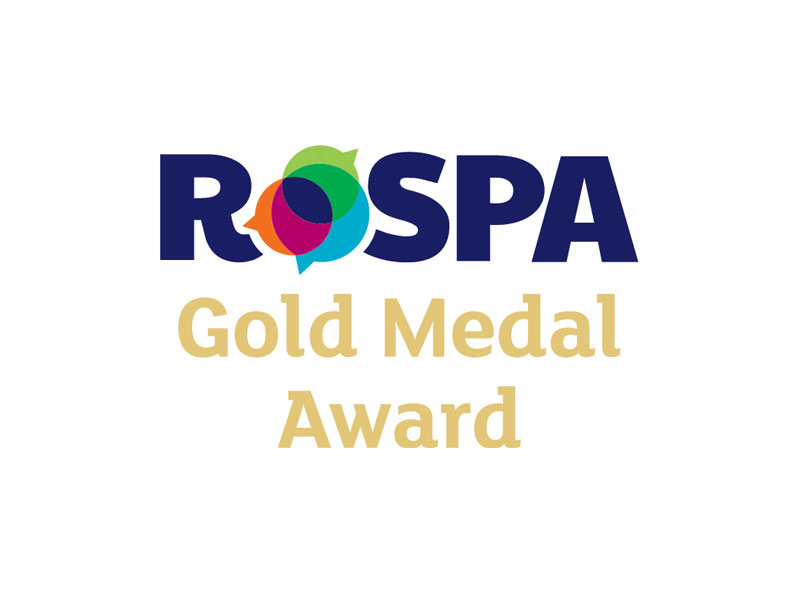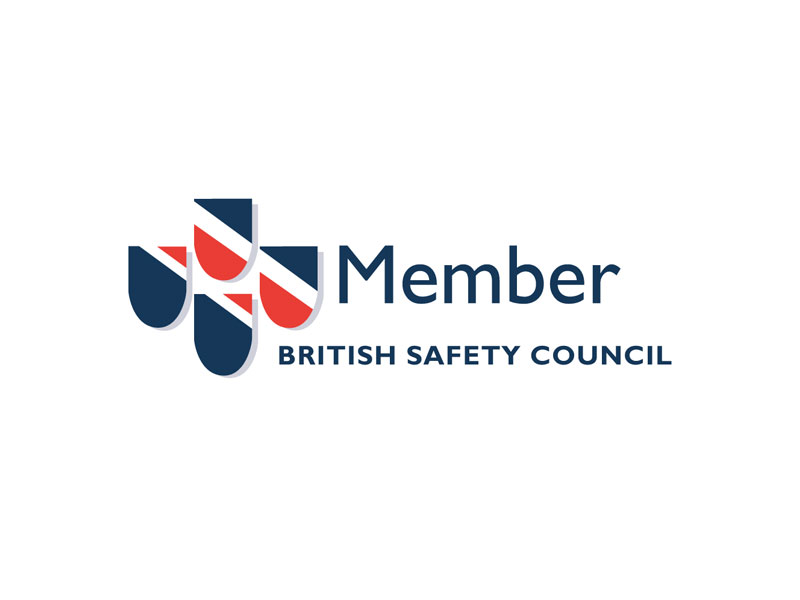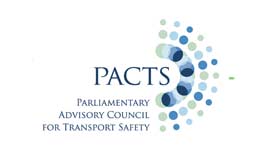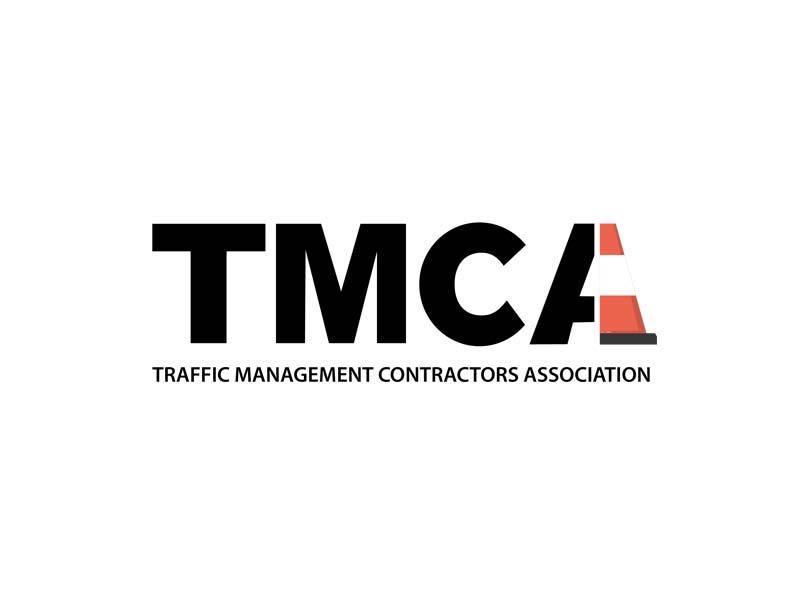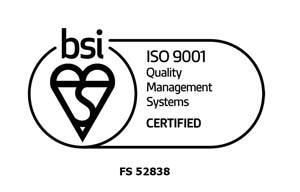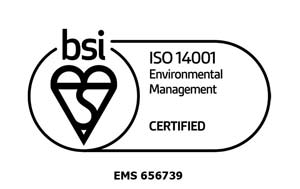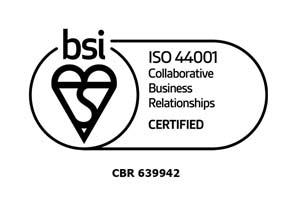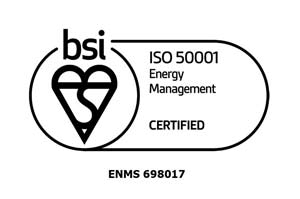Understanding Panic Attacks
A panic attack is a sudden surge of intense anxiety that can come from nowhere. Whilst feeling panic and anxiety is normal in stressful or dangerous situations, people who suffer from panic attacks can suffer from these feelings at any time, for no apparent reason. Symptoms peak within 10 minutes and usually subside after half an hour. They are not dangerous but can feel very frightening.
How common are panic attacks?
One in 10 people will have a panic attack at some point in their life, one in 20 will have recurrent attacks and one in 50 (2 per cent) will suffer from panic disorder – defined as regular, unexpected panic attacks. Symptoms usually begin before the age of 20.
Physical symptoms for panic attacks
Symptoms are experienced by the body producing the so-called ‘fight or flight’ hormone adrenaline and include:
- Heart palpitations
- Shaking
- Sweating
- Breathlessness
- Rapid breathing
- Tingling in the fingers and around the mouth
- Dry mouth
Is it a heart attack?
About a quarter of people who go to an emergency department with chest pain, thinking they’re having a heart attack, are actually having a panic attack. The symptoms are easily distinguishable. Heart attacks are characterised by crushing central chest pain – usually on the left and also in the arm – but in a panic attack there is no pain. Heart attack symptoms will get worse but a panic attack will usually subside after half an hour.
Psychological symptoms of panic attacks
People experiencing a panic attack will feel intensely worried, agitated and fearful. They often describe feeling like they are going to die or frightened they’re 'going crazy' or losing control.
What causes anxiety and panic attacks?
No-one knows for sure – but there are certain triggers. These include:
- Your genes: Some of us are born worriers. This tendency might be inherited.
- Stressful events: Divorce, money worries, bereavement, redundancy and exams are obvious triggers for anxiety, but usually when the problem disappears, so does the anxiety. But other traumatic events such as car crashes, assaults and fires can leave you feeling nervous and anxious for months or years – known as post-traumatic stress disorder.
- Drugs: Illegal highs from amphetamines, LSD or ecstasy can make you anxious – as can excess caffeine.
Treatments
If you’ve only ever had one panic attack, your doctor is unlikely to prescribe treatment, as 50 per cent of patients never experience another attack, but if you have a recurrent problem you may need either drugs or psychological therapy or a combination of both.
Psychological therapies
- Cognitive behavioural therapy (CBT), or talking therapy, can alleviate feelings of anxiety and panic and help change how you think and act. CBT focuses on current problems rather than things that have happened in the past.
- Exposure therapy: If your panic attacks or anxiety are triggered by a specific fear, such as fear of enclosed spaces, you can use CBT techniques to help expose yourself to your particular trigger for a short period.
Drugs
- Anti-depressants: Selective Serotonin Reuptake Inhibitors are frequently prescribed for people with anxiety who suffer from panic attacks. They work even though you’re not depressed and treatment is effective in around 65 per cent of patients.
- Beta blockers: These can be prescribed in low doses to control shaking etc.
Self-help
- Talk your fears through: Tell someone you trust who has had the same problem or knows someone who has.








